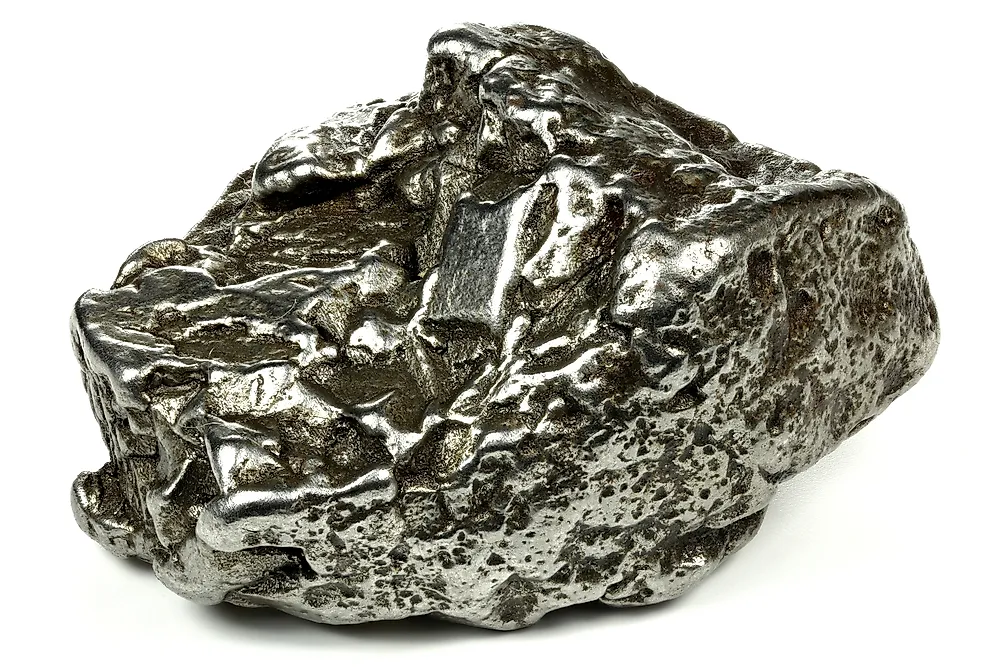

A few Arietids may be seen each year just before sunrise.īecause of the effects of perspective, the meteors from meteor showers appear to radiate from one point in the sky. Its hourly rate is an impressive 50 to 60 meteors per hour. As an example, one of the strongest annual meteor showers is the Arietids which occurs on or near June 8th. Meteors and meteor showers can occur in the daytime as well, they just can't be seen due to the Sun's glare. Without the heat shields, the spacecraft would vaporize due to temperatures approaching several thousand degrees F. This is why our spacecraft have to have heat shields upon re-entering our Earth's atmosphere. Compression is a heating process and the air ahead of a meteoroid glows brightly as the meteoroid moves quickly through our atmosphere, most of the time at speeds greater than 10 miles per second. What we actually see "burning up" in our atmosphere is the air undergoing a compaction and compression ahead of the fast-moving meteoroid called incandescence. If this scenario happens, that the meteor shower is referred to as a meteor storm. However if the dust trail is small and dense, then the resulting meteor shower may result in hundreds, or perhaps even thousands of meteors burning up in just minutes. If the trail is spread out and loosely compact, then the meteor shower will likely result in just a few meteors seen per hour over a couple of weeks.

The intensity of a meteor shower depends on how large and dense the comet's dust trail is. The most famous artist conception (shown left) of the 1833 Leonid meteor storm shows thousands of meteors raining down as a terrified public looks on in the United States. The Leonid meteor storms of 17 were even more impressive. For instance in 1966, some observers saw 40 meteors per second from the Leonid meteor storm. Meteor showers are produced when the Earth's orbit comes across streams of these very small particles, sometimes in spectacular fashion. The remaining residue of dust and small dirt particles will remain in nearly the same orbit as the parent comet for years, leaving a trail of dust. This is the solar wind pushing the comet's gas and dust away from the Sun. If one has ever seen a comet, or a photograph of a comet, you will notice the comet's tail pointing away from the Sun. As the Sun heats a comet, the ices vaporize into gas. If the object is large enough and survives to hit the ground, then it is referred to as a meteorite.Ĭomets are little more than dirty ice-balls which orbit the Sun. If a meteoroid encounters the Earth's upper atmosphere, it vaporizes in an event called a meteor. Meteoroids are tiny particles, (about the size of a grain of sand), that are usually the residue from comets (a big exception being the Geminids, which is produced from asteroid fragments, see table below).


 0 kommentar(er)
0 kommentar(er)
